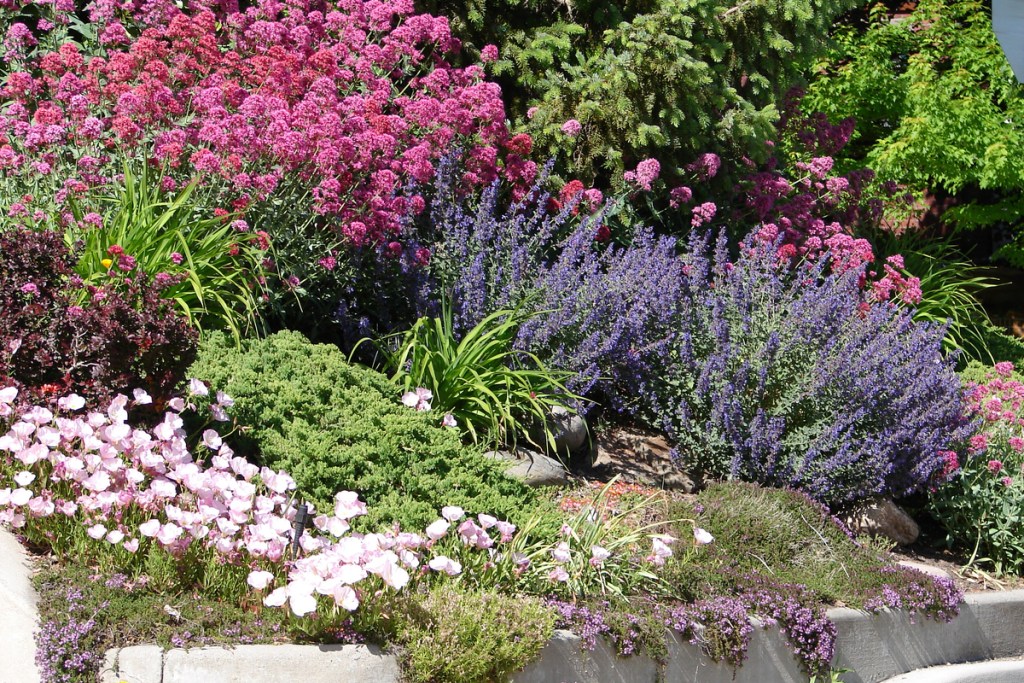Taking care of a vegetable or flower garden during spring and summer is fairly straightforward, as long as you know what your plants need. The transition from spring to summer is simple, too. Preparing your garden for fall can take a bit longer, though, as you’ll need to start fortifying your garden against cold weather. It can feel overwhelming if you aren’t sure where to start, but don’t worry! This simple guide on how to transition your garden from summer to fall will walk you through each step. You can even use it as a checklist to make sure you’re fully prepared.
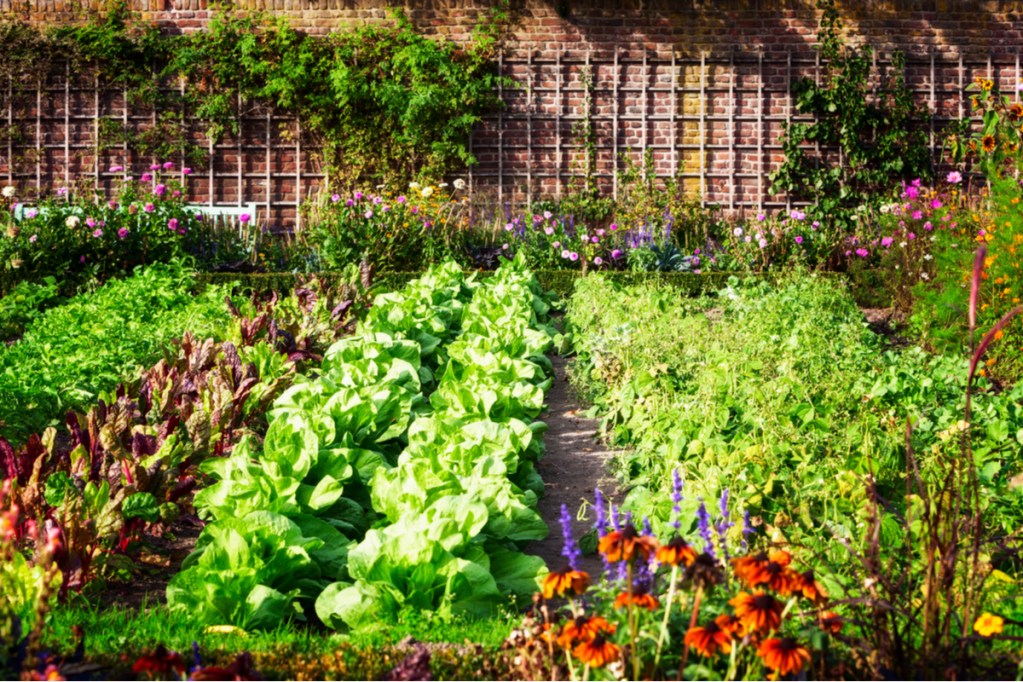
When should you begin transitioning your garden?
Depending on the climate zone you live in, you can begin to transition your garden from summer to fall from July to September. In general, you should start your preparations before the nights get too cold. In addition to your local weather forecasts, the plants in your yard and garden can provide valuable information about the changing seasons. Many summer fruits and vegetables are ready to harvest during the transitional stage, and you should begin seeing a few leaves changing color as well. This is a good indicator that it’s time to start your preparations.
It’s also important to remember that your preparations should be spread out somewhat. Your fruits and vegetables may be ready to harvest from July to August, but you may not have enough fallen leaves to make leaf mulch until much later. There isn’t a strict timeline you need to follow – just pay attention to the environment in and around your garden!

Harvest everything
The first step to transitioning your garden is to clear out the old. Before you can get rid of any plants, though, you’ll need to harvest any fruits, vegetables, or blooms that you want to save. As the weather begins to cool, any fruits or vegetables that aren’t harvested will begin to fall off and rot, so it’s better to harvest them, whether for eating, seed saving, or composting. If you have a large harvest, you may need to put some of it into long-term storage. Freezing, canning, making preserves, and making use of a root cellar or basement are all useful options to consider.

Deadhead or dig up
Now that the fruits, veggies, or blooms have been harvested, you can start clearing space for your new plants. For flowers or vegetables that will survive winter, but won’t produce again until spring, remove any dead flower heads, so the plants can conserve energy. For plants that either won’t survive winter or that you don’t want for next year, you can dig them up to make room for new plants. Try to leave as much soil in the ground as you can. The roots that are left behind will be eaten by insects and decompose, but you can speed the process along by chopping them up with a spade or garden shovel.
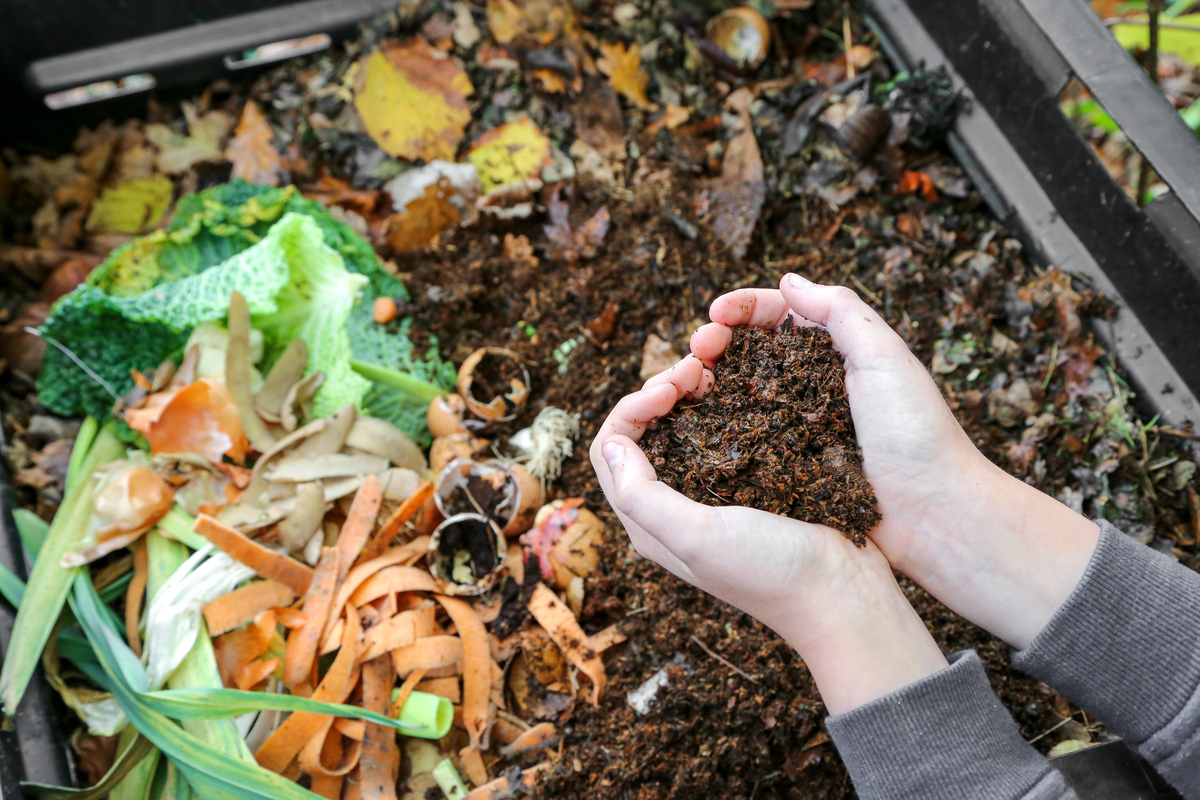
Add compost to your soil
Adding compost into your soil ensures that there are plenty of nutrients available for your plants throughout fall. Spread a layer of compost a few inches thick over your garden, then slowly work it into your soil. Try to spread it evenly through the top six inches of your soil, so that it’s available to any plant, no matter how short or long their roots are. It’s best to do this before you plant your fall garden, as it’s easier to mix the compost into the soil without plants in the way. If you have perennials that will be staying in your garden, be careful when mixing in the compost to avoid harming their roots.
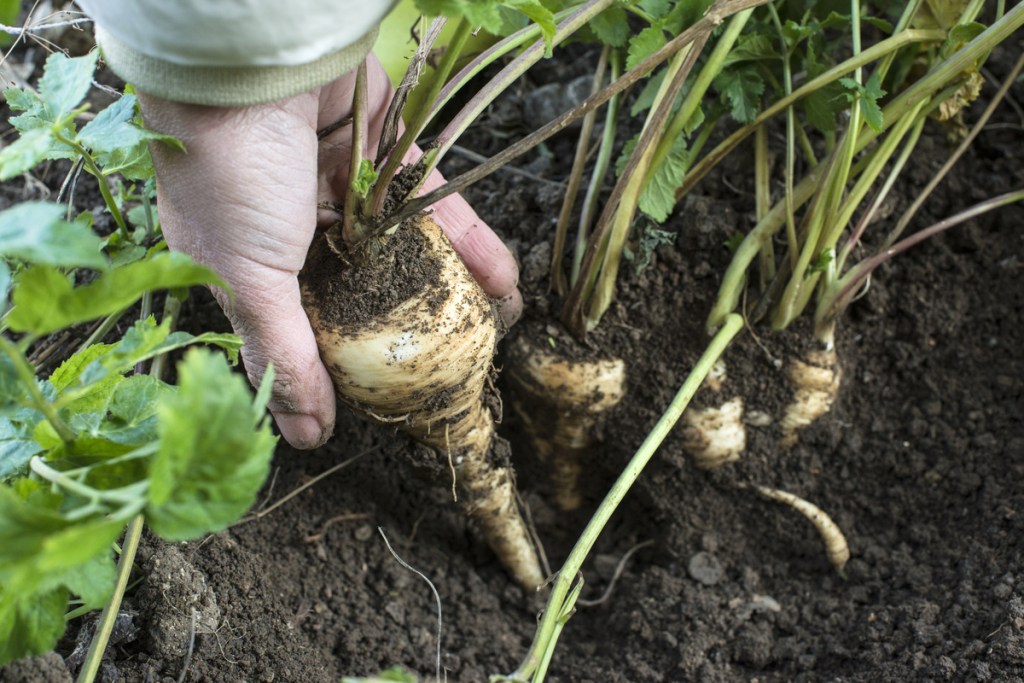
Plant your fall vegetables or flowers
There are plenty of vegetables that grow quickly and are tolerant enough of cold weather that they can be planted at the beginning of fall and harvested at the end of it. There are also many varieties of fall-blooming flowers. For vegetables, try thick, leafy greens like lettuce, kale, and spinach. Flowers such as chrysanthemums and asters are fall favorites and often readily available at local stores at the end of the summer.
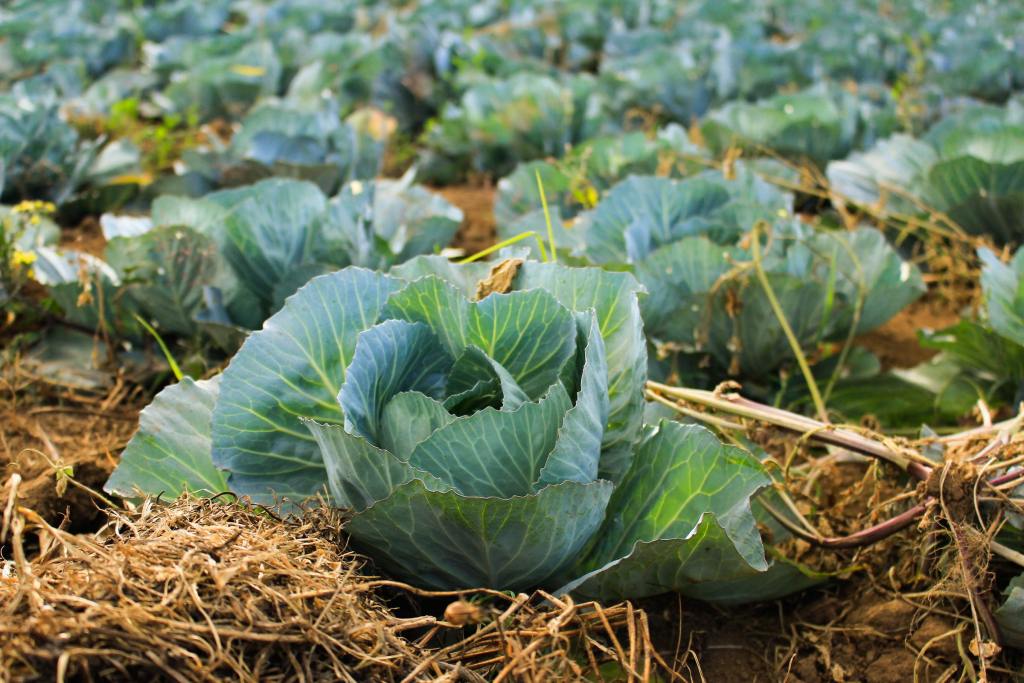
Prune your trees and shrubs
If you have any trees, shrubs, or bushes in your garden, it’s a good idea to prune them in preparation for fall. Pay special attention to any damaged, diseased, dead, or weak branches. Pruning these branches away helps your tree, shrub, or bush conserve energy, so it can focus on new growth in the spring. Be sure to dispose of any diseased branches safely away from your garden to avoid reintroducing the disease.
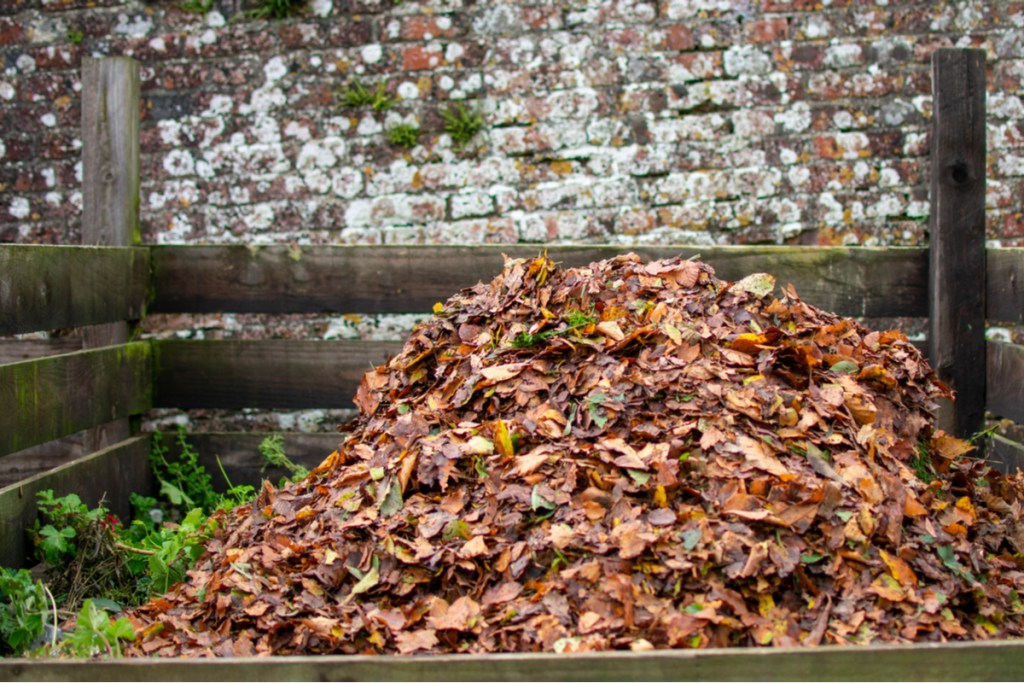
Gather leaves as they fall for leaf mulch
Any healthy branches you have pruned can still be useful. Place the leaves in a pile to the side, and continue to add to it as more leaves fall throughout the season. You can cut the leaves into smaller pieces to help them decompose faster. The leaf pieces can be added to compost, or left in a pile to become leaf mulch. Either way, leaves are a valuable source of nutrients. You can use the bark or wood chips from the branches to make wood mulch, too.
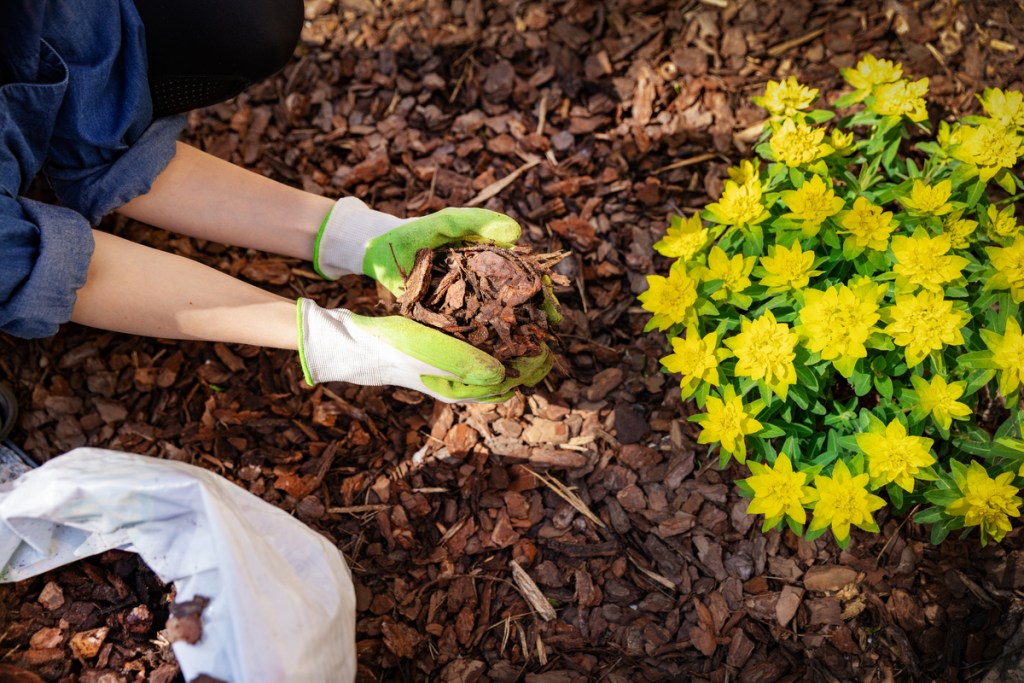
Protect your plants’ roots from the frost
During early fall, you won’t need to complete this step, unless you live in an area with a shorter fall. However, it’s good to plan ahead, so you can be prepared for any early frosts. The easiest way to protect your plants is with mulch. You can use homemade leaf or wood mulch, like in the previous step, but there’s also store-bought mulch, rubber mulch, gravel mulch, or a tarp with holes cut out for your plants to stick through.
These seven steps will help you transition your garden from summer to fall, and even begin preparing you for the transition from fall to winter. The best time to start transitioning your garden depends heavily on your local climate. However, if you use harvesting your summer crops, or deadheading your summer flowers, as your starting point, each step follows naturally, and it’s easy to determine your personal timeline.
